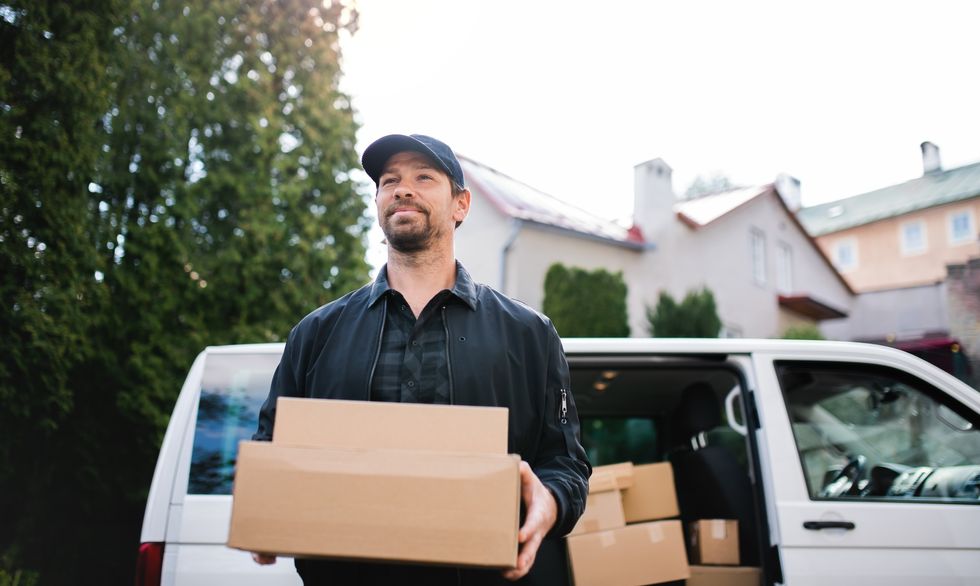In the modern era of e-commerce and instant gratification, same-day delivery services have become a cornerstone of consumer expectations. Businesses across Sydney and globally are increasingly relying on advanced logistics and technology to ensure parcels reach customers on the same day of purchase. Understanding the science behind these services reveals the complex orchestration of systems, strategies, and technologies that make rapid delivery possible.
Optimized Routing and Real-Time Traffic Management
At the heart of same-day delivery is route optimization. Advanced algorithms analyze thousands of variables, including traffic patterns, road closures, weather conditions, and delivery density. By calculating the most efficient routes, couriers can minimize travel time and fuel consumption, ensuring that packages arrive promptly.
Real-time GPS tracking and dynamic rerouting allow drivers to adjust their paths on the fly. This adaptive logistics approach ensures that unforeseen obstacles, like accidents or congestion, do not delay deliveries. Modern delivery systems use machine learning to continuously refine route planning based on historical data and predictive analytics.
Advanced Inventory and Warehouse Management
Same-day delivery is impossible without efficient warehouse operations. Warehouses utilize sophisticated inventory management systems that track product locations in real-time. These systems use barcodes, RFID tags, and automated storage solutions to ensure that items are easily accessible and ready for dispatch.
Automation in warehouses accelerates picking and packing processes. Robotic systems and conveyor belts reduce manual handling, ensuring that orders move from shelves to delivery vehicles with minimal delay. This integration of automation with real-time data allows businesses to meet tight delivery windows consistently.
Demand Forecasting and Predictive Analytics
Predictive analytics plays a pivotal role in same-day delivery. By analyzing customer purchasing behavior, seasonal trends, and historical order volumes, businesses can anticipate demand spikes. This enables companies to pre-position inventory in strategically located fulfillment centers, reducing the distance between products and customers.
Demand forecasting also allows for dynamic workforce planning, ensuring that sufficient staff and delivery drivers are available during peak periods. This scientific approach ensures that same-day delivery remains reliable even during high-demand events, such as holidays or sales promotions.
Seamless Integration of Technology
The science behind same-day delivery is deeply intertwined with technology integration. Sophisticated software platforms connect order management systems, warehouse operations, and fleet logistics. This ensures that once a customer places an order, every step of the delivery process is synchronized and monitored in real-time.
Mobile applications and driver interfaces provide real-time updates, optimized routes, and delivery instructions. Customers benefit from accurate delivery windows, notifications, and the ability to track parcels, enhancing transparency and trust.
Efficient Last-Mile Delivery Solutions
The last mile—the final leg from the warehouse or distribution center to the customer—is the most complex and costly component of same day delivery. Scientific approaches to last-mile logistics include route clustering, optimized load planning, and the use of alternative delivery modes such as bicycles, scooters, or drones for dense urban areas.
Geospatial analysis and AI-powered delivery management platforms ensure that drivers make the fewest possible stops, reducing travel time while maximizing delivery density. The use of crowdsourced delivery networks also adds flexibility, enabling businesses to scale delivery capacity on demand.
Sustainability and Efficiency Balance
Same-day delivery often raises concerns about environmental impact. However, the science behind modern courier systems incorporates sustainable practices. Fuel-efficient vehicles, route optimization to reduce mileage, and eco-friendly packaging minimize carbon footprints.
Advanced fleet management systems monitor vehicle performance and emissions, allowing companies to balance rapid delivery with environmental responsibility, demonstrating that efficiency and sustainability can coexist.
Data-Driven Performance Monitoring
Continuous performance monitoring is critical for maintaining reliability in same-day delivery services. Data analytics track key performance indicators (KPIs) such as delivery time accuracy, package condition, and customer satisfaction.
By analyzing this data, companies can identify bottlenecks, optimize processes, and implement corrective measures swiftly. Predictive maintenance of vehicles, adaptive staffing, and inventory adjustments are data-driven strategies that ensure consistent delivery performance.
Conclusion
The science behind same-day delivery services is a sophisticated interplay of technology, logistics, and analytics. From optimized routing and warehouse automation to predictive analytics and real-time tracking, every element is designed to ensure speed, reliability, and efficiency. Businesses that leverage these scientific principles can meet modern consumer expectations, maintain a competitive advantage, and deliver exceptional service.





Comments